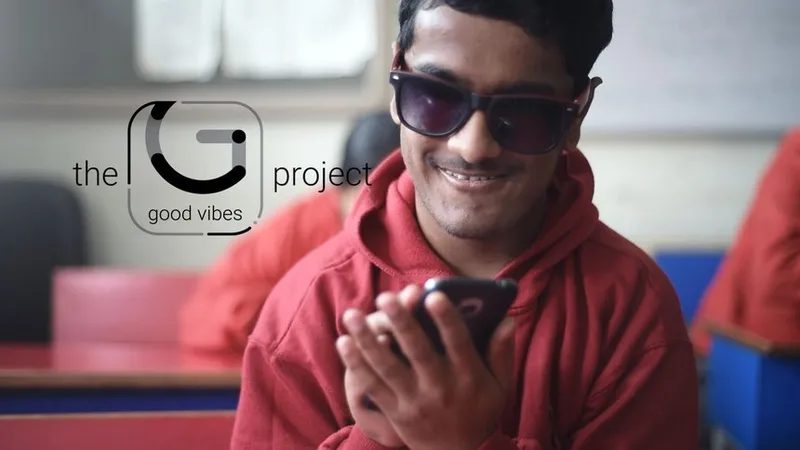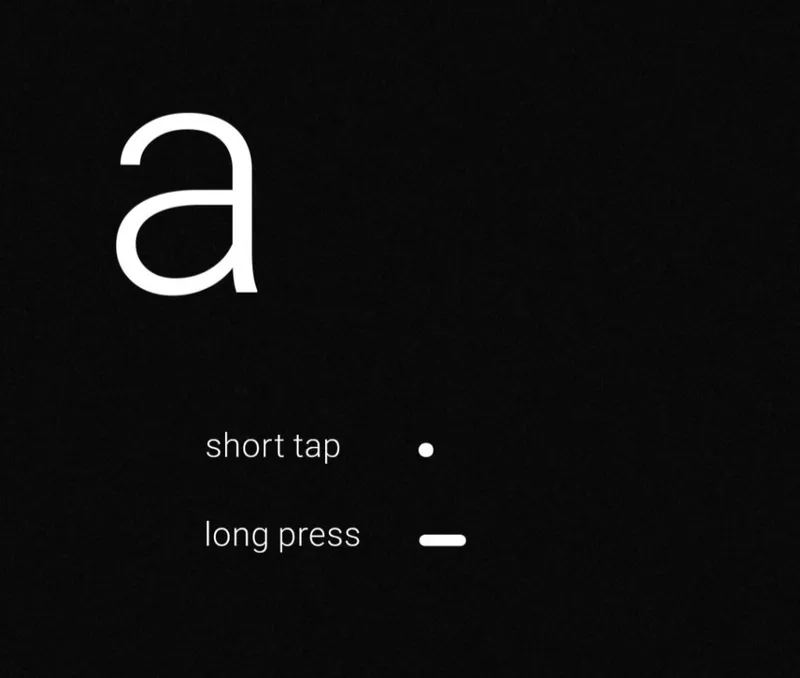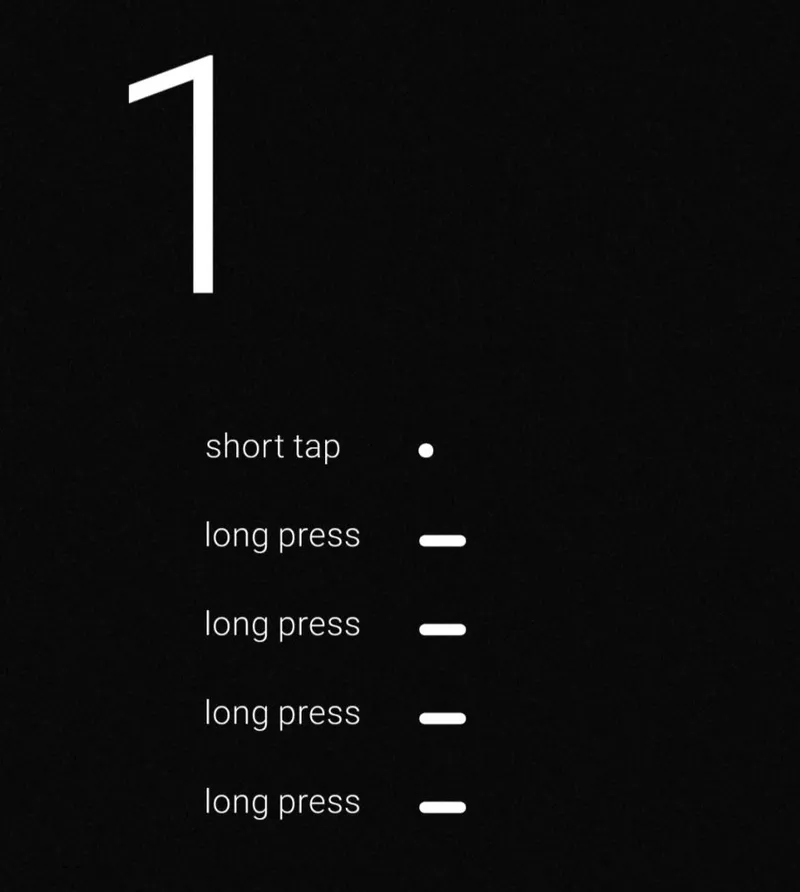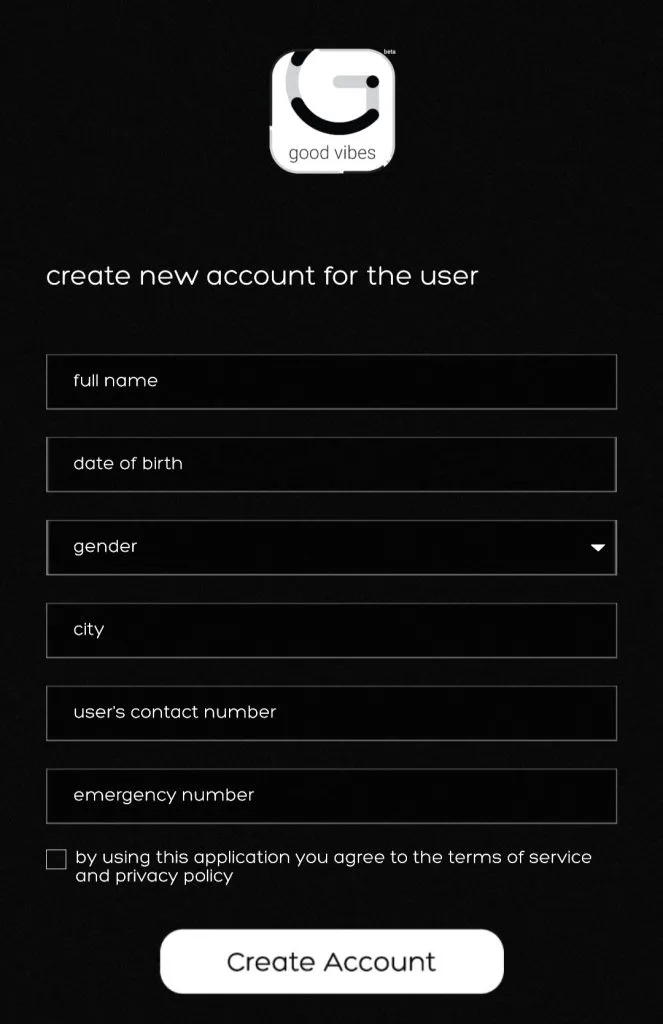[App Fridays] Good Vibes enables the deaf-blind to communicate with each other through Morse code
The app developed by a leading advertising agency uses the Morse code and smartphone vibrations to let the deaf-blind send messages to each other.
It is the era of communication. Yet, nearly 3.3 percent of the world’s population has trouble communicating, estimates Sense International, an NGO working with the deaf-blind community. Closer home, in India, about half a million people suffer from deafblindness, states the Rehabilitation Council of India.
There is Braille, of course, which aids one-way communication with the visually impaired. The only other mode of interpersonal communication is pro-tactile sign language, which requires physical contact with a person who can interpret the signs. For the hearing impaired, there are audio aids.
But, despite the advancement in technology, there are not many two-way, self-supported, fully-interactive tools for the deaf-blind.
Good Vibes is an aberration in that sense.

The app, conceptualised and developed by Cheil WW India, a leading advertising agency, is a first-of-its-kind offering that enables two-way communication among the deaf-blind through a simple smartphone.
Good Vibes was launched in April 2018 and went on to win four Abby Awards at the Goa Fest, India’s definitive advertising and marketing extravaganza. The app was recognised for being an innovative utility tool.
The app marries Morse code (which is intelligible to the deaf-blind) and a smartphone’s vibration feature. It can take ‘tactile input’ and transmit it as ‘tactile output’. Good Vibes has no visible UI and works on a set of simple hand gestures and taps on an all-black screen.

It interprets ‘short tap’ and ‘long press’ as Morse code ‘dots’ and ‘dashes’, respectively. Combinations of these dots and dashes make letters and numbers, which are then transmitted as distinct sets of vibrations to a deafblind person at the other end, who is able to decipher it “even with a rudimentary knowledge of Morse code,” the app developers claim.


Users can begin by having someone create an account on their behalf. After that, they have to simply shake the handset to wake up the app and flip the phone to send across a message. “This is the first time in history that we have an effective two-way communication tool for the deafblind,” Cheil WW claims.

Good Vibes has recorded over 500,000 downloads on Google Play Store and is rated 4.9 out of 5 by users. Last year, the app was showcased at the National Training for Adult Deafblind in Ahmedabad.
Good Vibes is not perfect, but it matters
Good Vibes is a great and noble concept, and beautifully blends technology and creative thought. It could be useful for hundreds of thousands of people anywhere in the world. But, there is a catch.
The app not only requires someone else to create an account for the deaf-blind individual, but also needs the sender as well as recipient to be trained in the Morse code. Unless that training is enabled in the deaf-blind community by NGOs and/or support groups, the app’s utility might be restricted.
Next, Good Vibes asks for too many permissions too many times even after you’ve hit ‘deny’ once. Also, at 25 MB, it is a rather heavy application. However, the makers say that it is compatible with “even the cheapest of smartphones”. There are a few bugs though. On our Android handset, the app crashed a couple of times, and vibrations weren’t consistent always.
But, user reviews on Play Store have been glowing, with Good Vibes being appreciated for being “an amazing idea” and a “great effort”. There's no denying that!


![[App Fridays] Good Vibes enables the deaf-blind to communicate with each other through Morse code](https://images.yourstory.com/cs/wordpress/2019/01/Good-Vibes-app-1.jpeg?mode=crop&crop=faces&ar=2%3A1&format=auto&w=1920&q=75)




